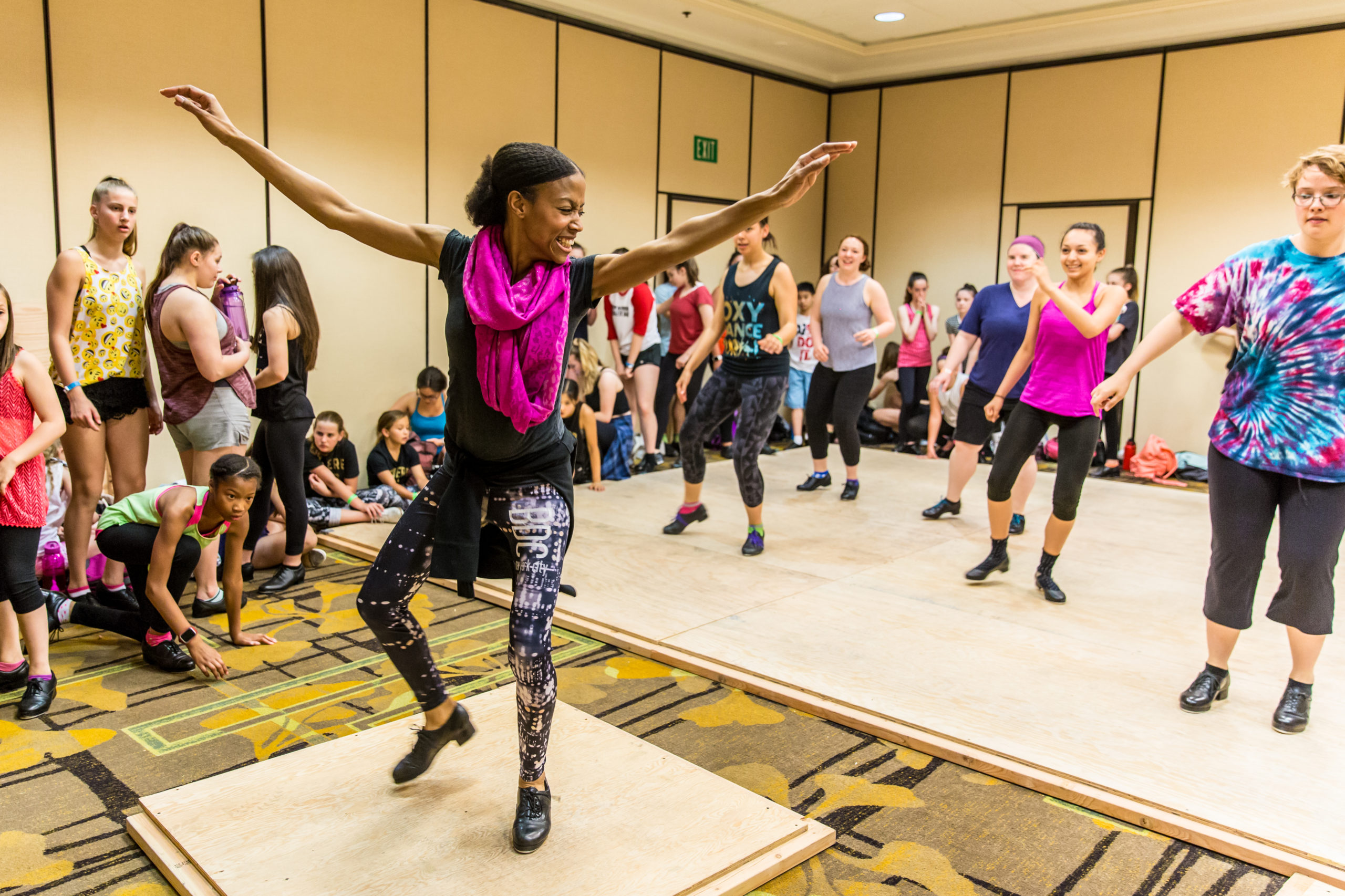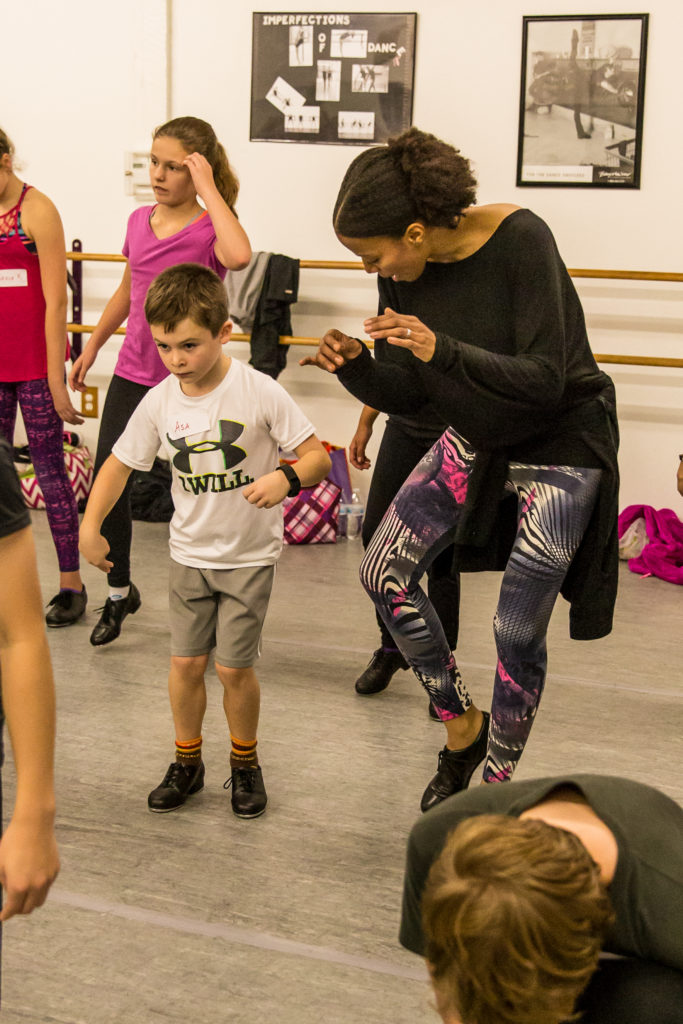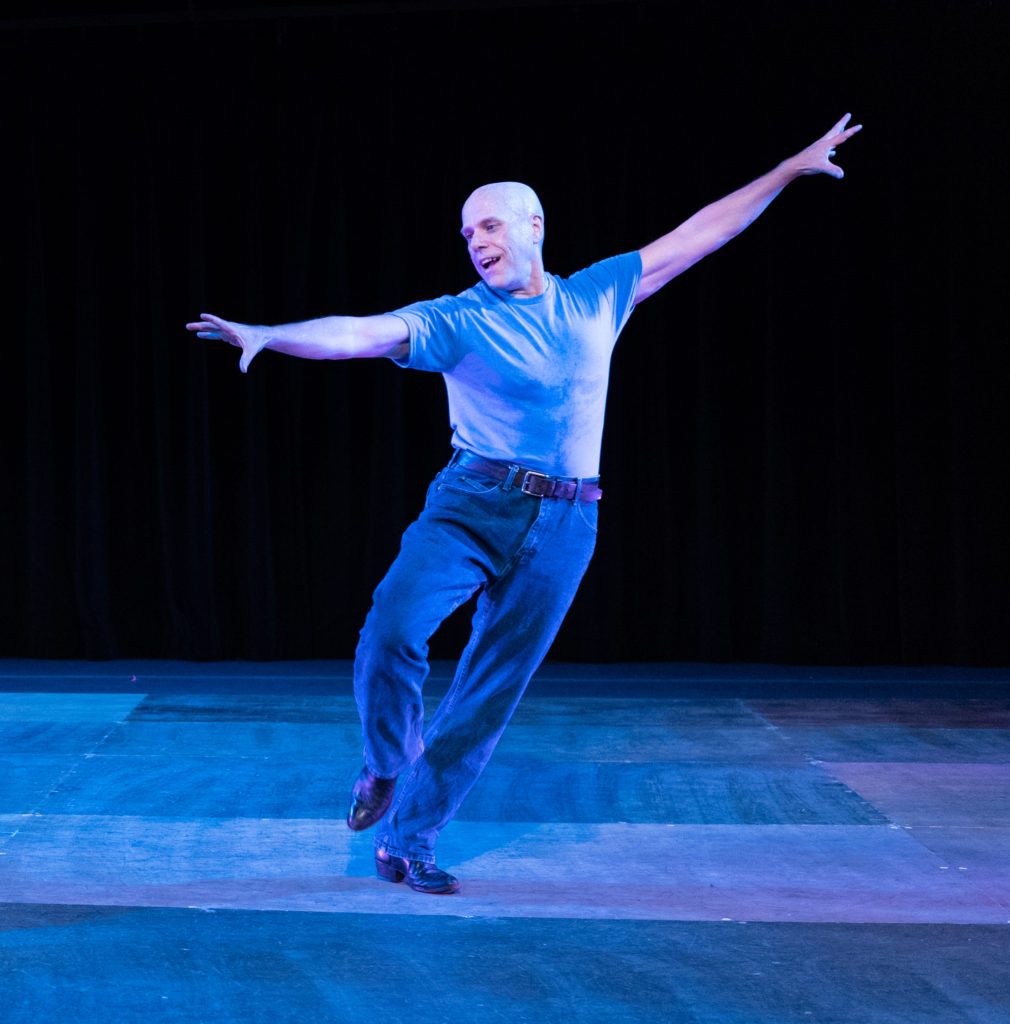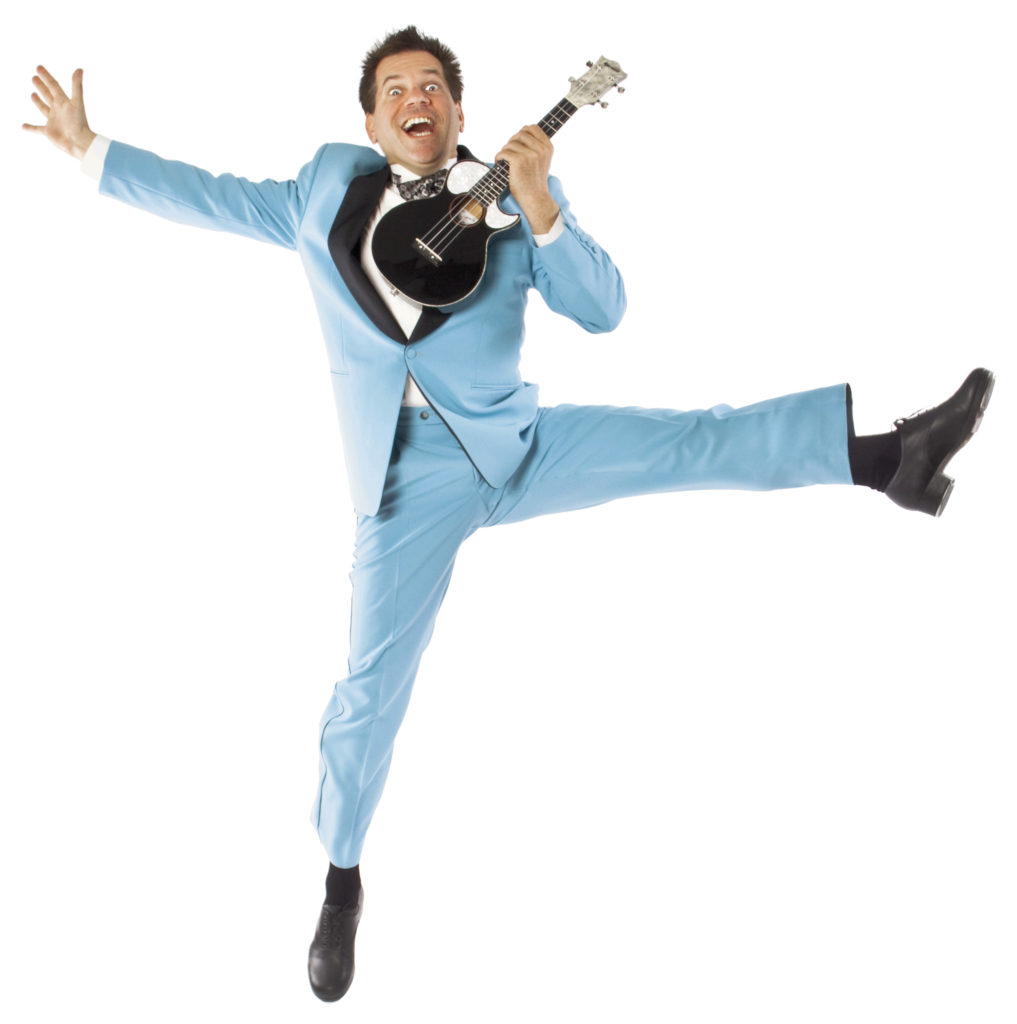
“Lift!”
That’s what tap artist Josh Hilberman heard week after week from one of his tap instructors as he was learning wings. After a year of practice, Hilberman mastered the famous flash step, and years later even created an instructional DVD teaching advanced wing work.
Hilberman, who runs a tap studio and performance space in Liège, Belgium, learned wing technique from Joe “Buck and Wing” Stirling, who had had a successful performance career in the 1930s and whose nickname suggests the provenance of the wing from the traditional “buck” dancing performed by African Americans in vaudeville.
While the wing is an exciting step, it can be challenging for students because of its complex technique and coordination. Here, a few tap dance educators share a variety of tips and tricks that have helped their students master the move and not just “wing it.”
Bringing It Back to Basics
Tap educator Karida Griffith Walker of Portland, Oregon, ensures that her students have the technique that will guarantee successful wing execution.

In particular, she verifies that during shuffle and flap exercises students should have relaxed ankles, which they’ll need while airborne in a wing. She also sees that students can stand comfortably on the balls of their feet without rolling out or pronating—issues that she addresses through cramp rolls, toe–heel drills and running flaps. “If I don’t see those things, I wouldn’t try wings,” she says.
Griffith Walker also says that a wood floor is ideal, so that students can feel and hear the scraping sensation required of the toe tap, which a marley floor will muffle. For studios with marley floors, she recommends getting wooden boards or flooring pieces so that dancers can hear and feel the step properly.
Massachusetts-based teacher Glenn Leslie says he takes a similar approach to wings as with double pullbacks (sometimes referred to as separated pullbacks or pickups). Students practice without any weight on their feet, then practice on two feet, add support and gradually release that support.

Leslie, a former dancer with Jump Rhythm, has students sit on the edge of a stool to work on the three sounds: the scrape (“out”), the brush/spank (“in”) and the landing (“down”). Students then practice in a standing position, with the help of one or two barres, and, eventually, on their own. “I have students sit down to work the ‘break’ of the ankle,” Leslie says, referring to the first sound. “It goes slightly forward, not just to the side.”
Griffith Walker has young students reach down and touch the outside of their toe taps, so they know what part of the shoe they’re working with. “I talk to them about why they have to sickle the foot in a way that none of their other teachers want to see,” she says.
For students who struggle with the second sound, Griffith Walker says it can be helpful to allow them to move the step backward slightly (around six inches), like a pullback, so they understand what the brush should feel like.
The landing is also tricky. Hilberman notes that students often add extra weight—an added plié or a crouching position—which is incorrect and can lead to injury. “It’s good to miss a wing by jumping too high, but it’s bad if you miss a wing by putting weight on your ankle,” he says, adding that it’s important to maintain a parallel position.
Everyone agress that a barre is helpful, so long as it’s used properly. “I make sure they don’t grip the barre, which sends all of their weight down,” Griffith Walker says. “A lot of teachers look at the working leg, but you have to watch the standing leg to see that the dancer is going up on the wing and not pushing down.”
“Anything that helps you lift is good,” says Hilberman. However, he warns that a common error is to jump too soon. “You have to get the technique at a fast, even tempo on both sides before jumping,” he says. “The technique is separate from the execution. You can learn a wing without actually doing it.”
Timing is another frequent mistake. “Many people teach it with a swing rhythm (4-a-1, 2-a-3), but no one can stay up in the air like that,” he says. Instead, a wing has a straight eighth-note rhythm (4&1, 2&3). “A bad jump plus bad timing can lead to a twisted ankle.”

Knowing When to Spread Your Wings
Although a wing may look risky, especially for students with past ankle injuries, dancers can master it through careful practice and teacher support.
“It’s important to acknowledge the fear,” says Leslie, who has dealt with ankle troubles. “You can help students feel confident in the mechanics of the step and then offer different levels of support as needed.”
“I like to teach wings sooner rather than later, before students know to be scared and they’re not afraid to jump,” Griffith Walker adds.
Still, airborne steps aren’t for everyone. “There is no need at all for a wing in an adult student’s vocabulary,” says Hilberman.
He points out that with some flash steps, there’s a bit of luck involved, and dancers hope they nail it. With wings, as Hilberman himself experienced as a student, there are ways to get it right every time. “I didn’t have to hope, I just had to practice,” he says.
Watch this video tutorial led by Hilberman to help your students master wings in tap.





